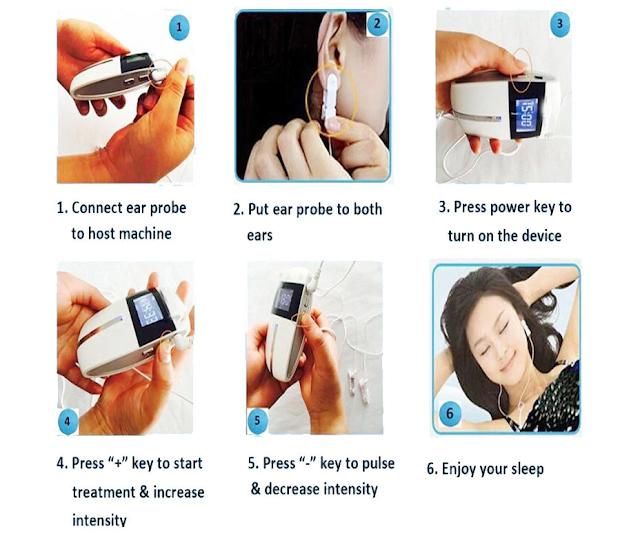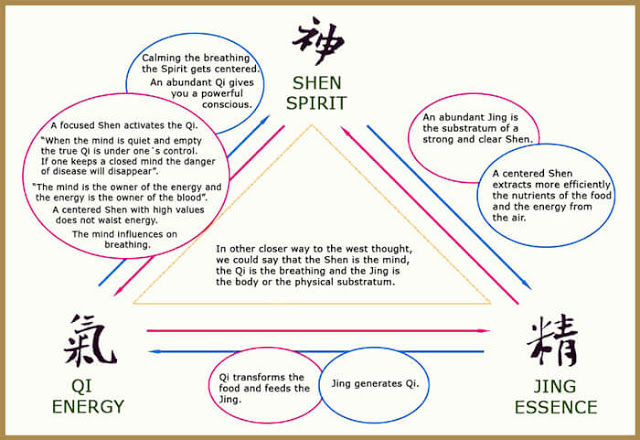Cranial electrotherapy stimulation (CES) for Insomnia - Research evidence
New research shows that there is a lot of evidence to support the effect of skull stimulation (CES) in the treatment of chronic pain, depression, anxiety and insomnia.
Question: Which study? And where is the evidence ?. Therefore, there should be a citation of research and the most concise evidence.
Question: Which study? And where is the evidence ?. Therefore, there should be a citation of research and the most concise evidence.
Research and evidence of CES for insomnia
Research on the existence of CES in the course of time - history
CES has existed for a long time. According to my research on Wikipedia, CES was born after TENS. This is a quote about CES - history and development:
Low intensity electrical stimulation is believed to have originated in the studies of galvanic currents in humans and animals as conducted by Giovanni Aldini, Alessandro Volta and others in the 18th century. Aldini had experimented with galvanic head current as early as 1794 (upon himself) and reported the successful treatment of patients suffering from melancholia using direct low-intensity currents in 1804.CES was initially studied for insomnia and called electrosleep therapy; it is also known as cranial-electro stimulation and transcranial electrotherapy.Due to the rise of pharmaceutical treatments for depression, anxiety and insomnia, such as Prozac in the 1980s and Ambien in the 1990s, CES was not a well-known treatment for doctors and patients. During the mid-2000s, the combination of pharmaceutical brands becoming generic and Internet advertising caused CES devices to gain popularity. In 2011, the devices received media attention from the Wall Street Journal.
The development and evolution of CES is complex, it seems like the politics. There is no doubt that CES belongs to physiotherapy, so CES is also controversial much like physiotherapy. The problem of eternal conflict, it is science and spirituality. There is no research document that says CES is related to spirituality. But physiotherapy has, even a lot:
Research and evidence: Effects of cranial electrotherapy stimulation on resting state brain activity
The content of research materials is cited by NCBI. The research data is very long, so I only get brief results and quoted links.
Results of the study:
"This study provides evidence that CES stimulation may result in cortical deactivation, as well as altering brain connectivity in the DMN. This suggests that relatively small perturbations in brain oscillation patterns may cause significant changes in brain activity and within intrinsic connectivity networks. Findings from this study provide evidence of the mechanism of action of CES and can serve as a guide for testing in treatment trials in clinical populations. Optimizing CES parameters for effective treatment can then be developed based on how specific brain systems and pathways may modulate clinical states such as anxiety, pain, or insomnia."
Modern scientific information and Ancient Medicine about CES in treating insomnia
Modern medicine and CES
By electromagnetic tomography and functional MRI studies, CES has also reached the cortical and subcortical areas.
CES science reveals neurohormone changes and neurotransmitters:
- Serotonin: is a neurotransmitter that inhibits control of endorphin secretion
- Amino-aminobutyric acid (GABA): is a strong neurogenic amino acid with the physiological effect of tranquilizers, hypnosis, anticonvulsants and hypotension.
- Endorphin (also known as endorphin ordofen): is a biochemical hormone like morphine secreted by the pituitary gland.
- Norepinephrine (NE or NA): It is both a neurotransmitter and a hormone.
Information about CES based on Ancient Medicine - Traditional Chinese Medicine
Traditional Chinese Medicine is based on a different scientific worldview from the West.
Chinese medicine is based on the philosophy of the Five Elements, Taoism, etc.
Studying about Jing-Qi-Shen, acupuncture, acupressure are closely related. Jing-Qi-Shen are three treasures in human health.
Acupuncture and acupressure mostly affect Qi, which in turn affects Shen and Jing.
CES did not focus on Qi, but CES focused primarily on Shen. Since then, changed the evolution of Jing and Shen.
Diagram of Jing-Qi-Shen's rotation:
Photo by https://energy-medicine-blog.blogspot.com/2019/01/natural-synergy-review.html
Understanding CES for insomnia has many similarities with TENS and Oriental medicine. It seems that everything related to Oriental medicine in the West is controversial.
References:
If you are learning TENS in treating insomnia, you are likely to look for:





Post a Comment